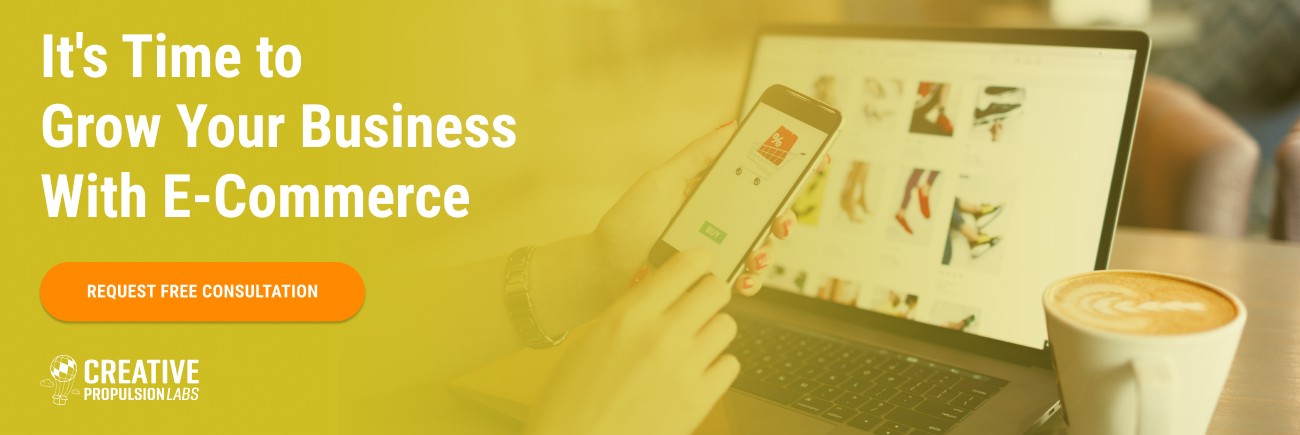First impressions are critical online. A study found you’ve got only a few seconds to make a good—or bad—first impression. Here's how to make it a good one.
According to a study done by Missouri University of Science and Technology, when viewing a website, it takes users less than two-tenths of a second to form a first impression. And it takes just a bit longer for a visitor to find the feature on the page—2.6 seconds to be exact—that most influences their first impression.
Dr. Hong Sheng, assistant professor of business and information technology at Missouri S&T said of the study, “We know first impressions are very important. As more people use the Internet to search for information, a user’s first impressions of a website can determine whether that user forms a favorable or unfavorable view of that organization.” And, as we said, it doesn’t take long.
For their research, Sheng and her research partner, graduate student Sirjana Dahal, used eye-tracking technology. They enlisted 20 Missouri S&T students to view websites from 25 law schools in the United States. Law schools were chosen because MS&T doesn’t offer a law program. As Sheng said, “We wanted to show them sites that were relevant to them but not familiar to them.”
After each viewing of a website, students were asked to rate the sites based on aesthetics, visual appeal, and other design factors. The participants spent an average of 20 seconds on each website. The researchers used screenshots of the websites to eliminate download speed as a factor.
Researchers monitored students’ eye movements as they scanned the web pages, then analyzed the eye-tracking data to determine how long it took for the students to focus on specific sections of a page—such as the menu, logo, images and social media icons—before they focused on a particular section. They spent an average of 180 milliseconds focusing, or “fixating,” on one particular section before moving on.
“The longer the participants stayed on the page, the more favorable their impressions were,” Sheng says. “First impressions are important for keeping people on pages.”
Results from the study revealed seven sections of websites that attract the most interest from users. The website sections that drew the most interest from viewers—an average of a whopping 6 seconds each, were as follows:
- Logo
- Navigation menu
- Search box
- Social networking links
- Featured image
- Written content
- Footer
Sheng notes that use of social media links may be of particular interest for college students, more so than for the general population.
Participants indicated that color also influenced their impressions of websites. As Dahal wrote in her master’s thesis on the study, which was entitled Eyes Don’t Lie: Understanding Users’ First Impressions on Website Design Using Eye Tracking, “Participants recommended the main color and background color be pleasant and attractive, and the contrast of the text color should be such that it is easier to read.”
Making a case for A/B testing of photos, Sheng said, “You must choose your main picture very carefully. An inappropriate image can lead to an unfavorable response from viewers.”
Although this research was specifically done with websites, all marketing communications have similar challenges. Whether you’re designing a home page, landing page, advertisement, tradeshow booth, or even a video, making a judgment call upon one's first impression is usually nearly instantaneous.
So how do you go about making the best possible first impression?
First, don’t reinvent the wheel, hire the best agency you can afford—one with a lot of experience in branding that’s specific to your industry and target demographic.
Second, borrow brilliance from successful competitors or companies that have similar marketing challenges. Big companies have often invested very large sums of money into developing their marketing communications. That’s equity you can borrow from with no interest. (Mimicking may be the best form of flattery, but remember not to totally rip them off. Use your competitor's work as inspiration instead.)
Third, A/B testing is a powerful tool for developing strategies that work. It uses the process of evolution. The strong ideas survive and get modified to produce ever-improving results, while the underperformers die off.
We hope we’ve made a good first impression, and at Creative Propulsion Labs we’d love to be your marketing agency. Feel free to contact us to start a conversation.


